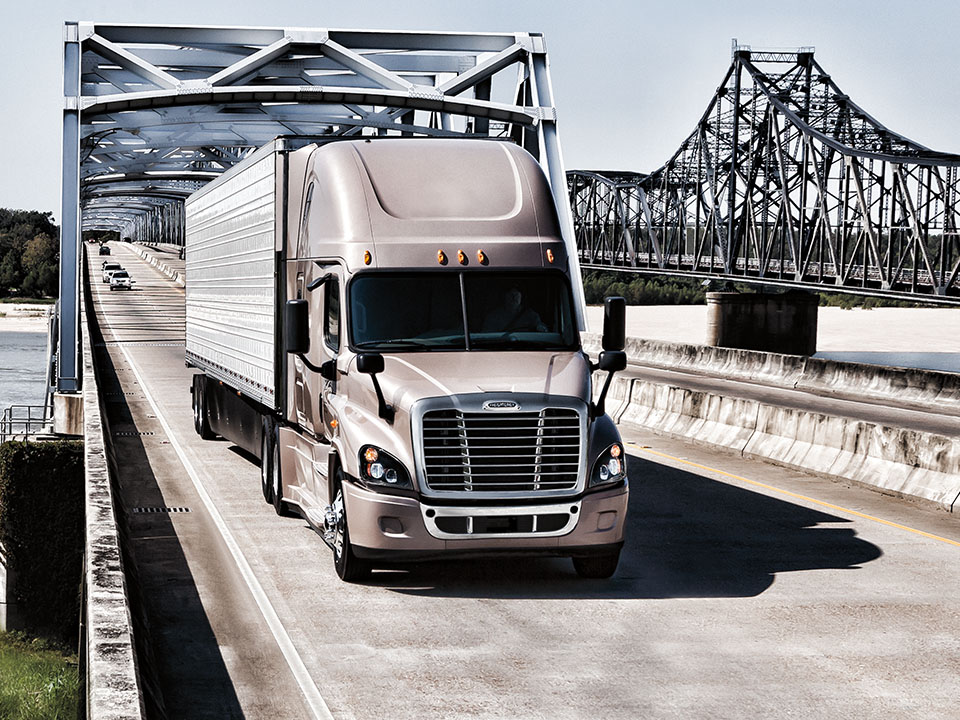The American Society of Civil Engineers once again gives the US infrastructure a grade of D+. When will we see improvement?
If there is one thing you can be sure of, it’s that not fixing a problem doesn’t make that problem go away; That’s the case with our ongoing, national infrastructure weaknesses. Truckinginfo.com published an article last week, “Civil Engineers Issue Harsh Report on State of Infrastructure,” that noted that although there have been some small improvements in some areas, overall, things haven’t gotten any better.
According to the American Society of Civil Engineers (ASCE), our road networks get a dismal “D” while the only improvement, though slight, has been to our bridges which overall get a C+. Yet, even that grade has to be put into perspective. A recent Transport Topics article found that 9 percent of US bridges are structurally deficient. That amounts to 56,000 bridges nationwide, with the largest percentage in Rhode Island, Iowa, Pennsylvania, South Dakota, and West Virginia. But if you’re in another state, there’s no reason to feel any safer. After all, it was in Minnesota, nearly ten years ago, that the I-35W Mississippi Bridge in Minnesota collapsed, killing 13 and injuring 145.
This is most upsetting when you consider that we always talk about American exceptionalism, yet when it comes to our overall infrastructure, we fall behind Germany, Netherlands, Sweden, UK, Singapore, Luxembourg, and Switzerland according to the World Bank’s Logistics Performance Index. It is true that the US is considerably larger than these other nations; but the reality is that we’ve been figuratively putting band-aids on an amputation. We’ve been pushing this problem down the road for so long that, according to the ASCE it will take $4.59 trillion in finding over the next eight years just to bring the infrastructure grade up to a “B-.”
There’s no arguing the deleterious effect this situation has on our industry and on motorists in general. One of the other statistics noted in the Turckinginfo.com article is that “more than two out of every five miles of America’s urban interstates are congested and traffic delays cost the country $160 billion in wasted time and fuel in 2014.” And for that same year, 2014, the American Transport Research Institute found that, due to traffic jams, 728 million hours in deliver time was lost, equal to 264,500 commercial truck drivers basically doing nothing for a full year.
That’s why the FAST Act looked like a promising first step when it was passed in 2015. During the campaign, we were assured by both candidates that spending on infrastructure would be a priority. Now we hear that substantial increase in spending will be discussed “later.” My feeling is that “later” is something we can ill afford.





